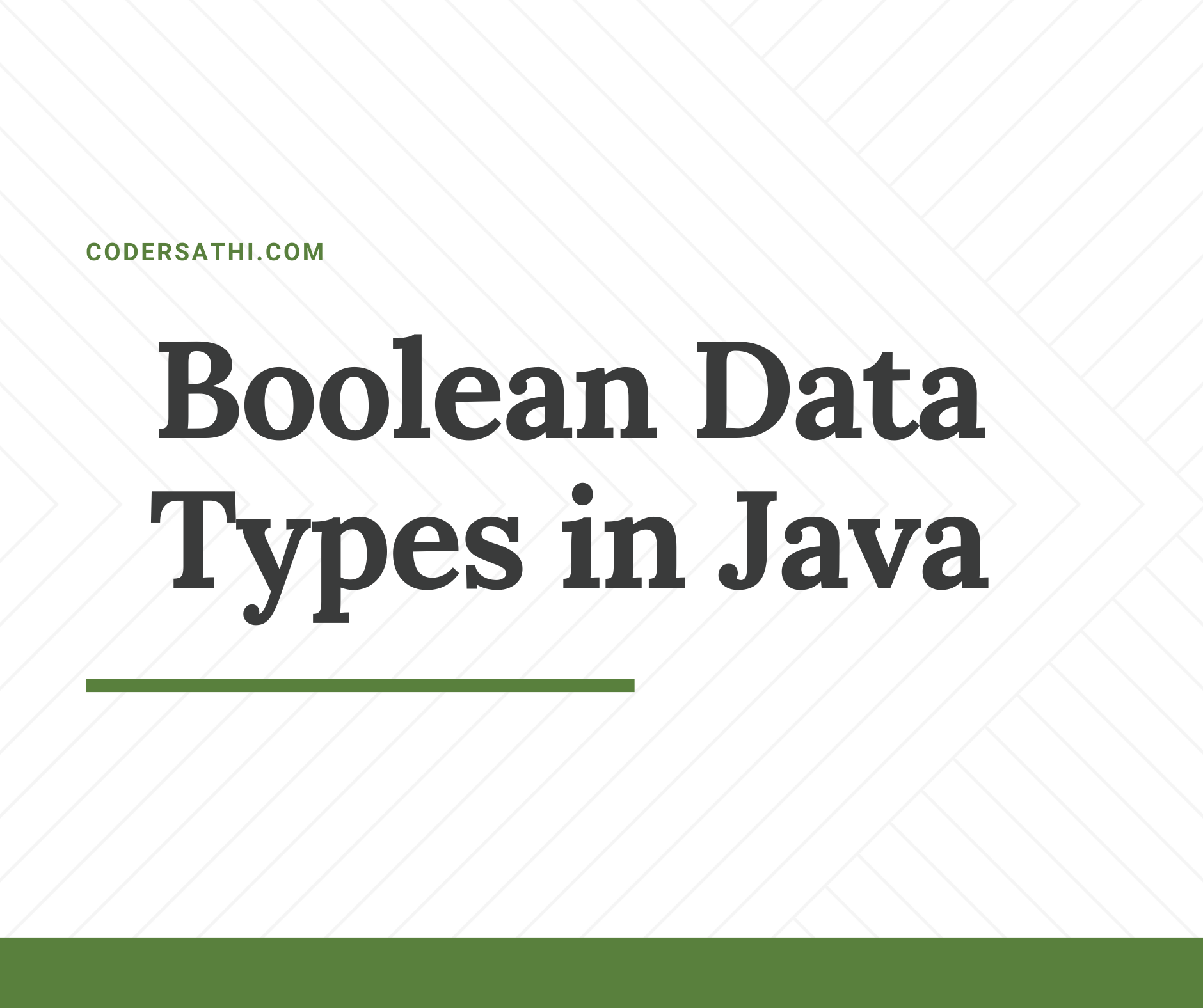In Java, the boolean data type represents a boolean value, which can have one of two states: true or false. The boolean data type is used to store and manipulate logical values in Java programs.
Following is an example of declaring and using a boolean variable in Java:
boolean isTrue = true;
boolean isFalse = false;
System.out.println(isTrue); // Output: true
System.out.println(isFalse); // Output: false
// Using boolean values in conditional statements
if (isTrue) {
System.out.println("This statement is true.");
} else {
System.out.println("This statement is false.");
}
In the example above, we declare two boolean variables: isTrue and isFalse. We assign the value true to isTrue and false to isFalse. Then, we use the System.out.println() method to print the values of the variables.
We can also use boolean values in conditional statements, such as if statements. If the condition evaluates to true, the code inside the if block will be executed; otherwise, the code inside the else block (if present) will be executed.
Frequently Asked Questions
What is the boolean data type in Java?
The boolean data type in Java is a simple data type used to represent two values: true and false, typically used for logical comparisons.
How much memory does a boolean variable occupy in Java?
A boolean variable in Java typically occupies one byte of memory, even though it only has two possible values.
What are common use cases for boolean data types in Java?
Booleans are frequently used for conditional statements, loops, and to control program flow by evaluating conditions.
How do I declare and initialize a boolean variable in Java?
You can declare and initialize a boolean variable like this: boolean isJavaFun = true;.
Can I perform arithmetic operations on boolean values in Java?
No, you cannot perform arithmetic operations like addition or subtraction on boolean values. Booleans are meant for logical operations and comparisons.
